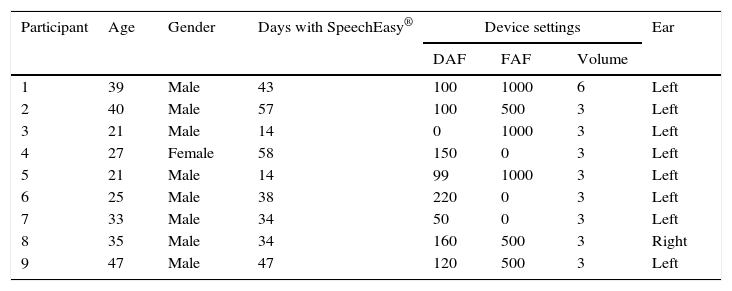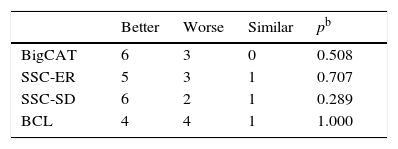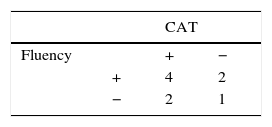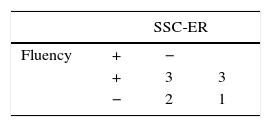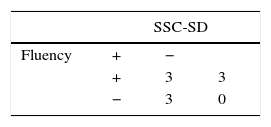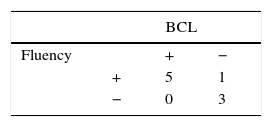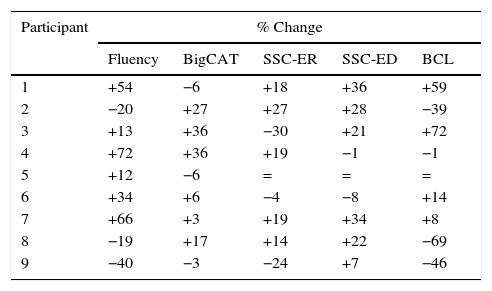This study investigated the effect of SpeechEasy® on attitudes, emotions and coping behaviors after a short period of usage. Nine individuals who stutter were fitted with the SpeechEasy® and used the device for at least 4h/day during a period of less than 2 months. Before and after this period spontaneous speech samples were collected and attitudes, emotions and coping behaviors were assessed by means of the Behavior Assessment Battery (Brutten & Vanryckeghem, 2003b) and the adult form of the Communication Attitude Test (Vanryckeghem & Brutten, 2011). Results indicate that after a short time using the SpeechEasy® some people who stutter may to some extent show an amelioration of the negative attitudes, emotions and coping behaviors that usually accompany the stuttering. However, self-reported changes in attitudes, emotions and coping behaviors do not necessarily reflect objective fluency scores and there seems to be considerable individual variation in reaction the SpeechEasy®.
El presente estudio investiga el efecto del SpeechEasy® en la actitud, las emociones y las estrategias de afrontamiento después de un breve periodo de uso. Se colocó un SpeechEasy® a nueve individuos tartamudos, que lo utilizaron durante un mínimo de cuatro horas diarias a lo largo de un periodo inferior a dos meses. Antes y después de este periodo se tomaron muestras de habla y se evaluaron la actitud, las emociones y las estrategias de afrontamiento por medio del Behavior Assessment Battery (Brutten y Vanryckeghem, 2003b) y del formulario para adultos de Communication Attitude Test (Vanryckeghem y Brutten, 2011). Los resultados indican que poco tiempo después de usar el SpeechEasy® algunas personas que tartamudean podrían mostrar una cierta mejora de las actitudes, emociones y estrategias de afrontamiento negativas que suelen acompañar el tartamudeo. No obstante, la autoevaluación de los cambios en estos aspectos no necesariamente reflejan una puntación de fluidez objetiva y parece existir una variación individual considerable respecto al SpeechEasy®.







